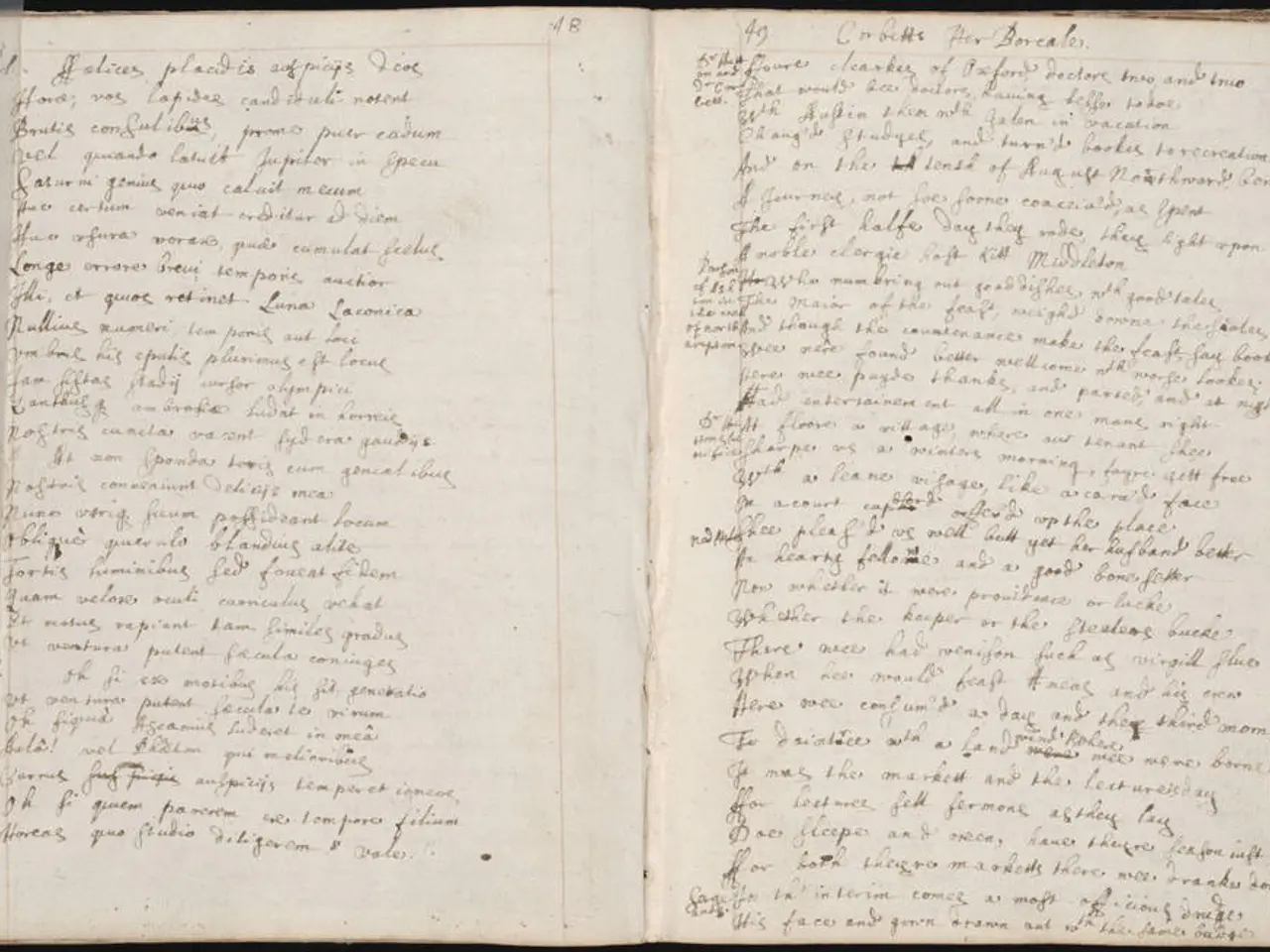Comprehending Essentials: Decoding a Script Read
In the world of film and theatre, script read sessions play a crucial role in the scriptwriting and production process. These sessions offer invaluable benefits for actors, writers, and directors alike, providing an opportunity to refine dialogue, uncover potential issues, and foster collaborative creativity.
Here are some best practices for conducting a successful virtual script read session:
Preparation
- Prepare the script in advance: Ensure the script is fully accessible and familiar to participants. It's helpful to have a clean, clear copy for everyone and to highlight key parts for emphasis or clarification.
- Set a conducive environment: The reading space should be quiet, free from distractions, and comfortable to enable participants to focus fully on the script and each other.
- Brief the participants: Before starting, explain the purpose of the session (e.g., to understand flow, dialogue, pacing, or character development) and encourage openness to feedback.
Reading Aloud
- Read aloud with attention to delivery: Encourage readers to perform naturally—using appropriate tone, pacing, and emotion, possibly using delivery notes (pauses, emphasis, etc.) similar to podcast scripting tips to keep the reading engaging and realistic.
- Encourage active listening and note-taking: All participants should be attentive to story flow, character voice, and pacing, noting where the script works or needs improvement.
Feedback and Collaboration
- Facilitate constructive feedback: After the read-through, discuss what worked and what didn’t, focusing on dialogue clarity, pacing, and any confusion or areas needing polishing.
- Record the session if possible: This allows revisiting specific parts later for detailed analysis.
Interaction and Engagement
- Keep the sessions interactive by encouraging participants to voice their thoughts and suggestions during script reads.
- Incorporate breaks and varied activities can maintain energy and focus during script reads.
- Utilize digital scheduling tools like Doodle or Google Calendar to find the most convenient time for all participants in script reads.
- Provide digital copies of the script via email or shared drives like Google Drive or Dropbox well in advance for virtual script reads.
- Audio recordings of script reads help actors review their performances and directors revisit discussions, refining line deliveries and understanding character dynamics.
- Use features like screen sharing and breakout rooms for smaller group discussions during virtual script reads.
By following these best practices, you can ensure that your virtual script read session is productive, engaging, and beneficial for all involved. These methods parallel advice for scripting and podcasting where conversational tone, natural delivery, and clear notation improve communication and engagement.
Virtual script reads have become increasingly common, especially given the rise of remote work technologies. Platforms like Zoom and Google Meet are widely used for virtual script reads, making it easier than ever to bring together a cast and crew, regardless of location.







